I want to model a BPMN process, where two parallel tasks are validating two independent forms. If either of the forms is invalid, then we have to call the customer and request a new form. The problem is, that I don't want to call the customer about form 1 and separately about form 2 - if both forms are invalid I want to call him only once.
Is there a way to check if both validations have been completed before the call customer task is scheduled?
Then I have another question - how can I re-enter the process after the customer has been called? If one form is invalid I would like to re-enter in the corresponding form validation process when the new form is received, and if both are invalid the re-entering should occur in both subprocesses.
I am using Activiti to implement this, if it's important.

Edit
The validation tasks in each process can be days apart and I don't want to block a subprocess because of the validation in the other subprocess. I am seeking a solution, where a subprocess would continue past the validation (if it's valid), and where the customer call would be made only when both validation tasks are completed (and at least one of them is invalid).


